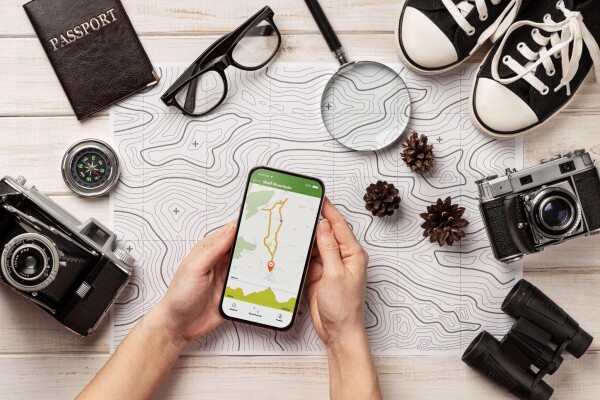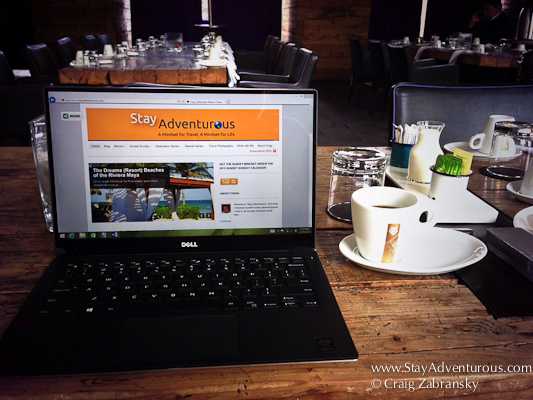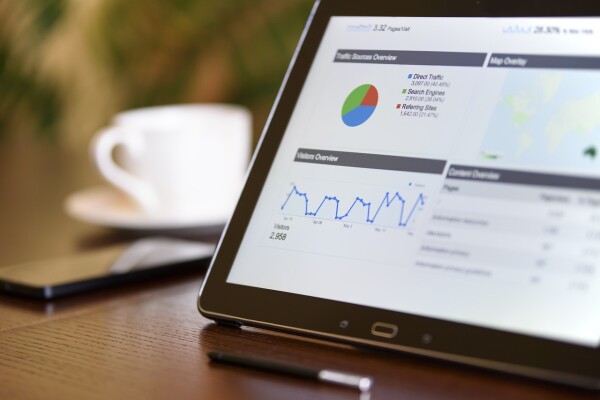Four Ways to Protect Your Identity While Traveling
Travel exposes personal information to numerous vulnerabilities, from unsecured hotel Wi-Fi networks to social media oversharing that signals your absence from home. Identity theft tends to increase during peak travel seasons, with travelers particularly vulnerable to sophisticated scams and data breaches. Implementing security measures before and during travel lowers these risks while allowing you to focus on enjoying your journey.
1. Secure Your Devices Before Departure
After deciding what to pack you must turn your focus to device security, preventive measures and contingency planning. Allow full-disk encryption on laptops and tablets, activate biometric locks on smartphones, and establish remote wipe capabilities through services like Find My iPhone or Android Device Manager. These features prove invaluable if devices are lost or stolen during travel. Password security is particularly critical when accessing accounts from various locations and devices.
A good password manager helps maintain unique, complex passwords for every account while providing secure access from any device. This eliminates the dangerous practice of using simple, memorable passwords or writing down login credentials that could be discovered by others. Recent software updates often include security patches addressing newly discovered vulnerabilities. Make sure all devices run current operating systems and applications before departure, and configure automatic updates when possible to maintain protection throughout your journey.
2. Be Cautious with Public Wi-Fi Networks
Public Wi-Fi networks have security risks, with cybercriminals frequently creating fake hotspots or monitoring legitimate networks to intercept personal data. Approximately 40% of travelers have experienced data theft while using public Wi-Fi, often without realizing the breach occurred until much later. Avoid accessing sensitive accounts like banking, email, or work systems when connected to public networks. If access proves necessary, use cellular data or a virtual private network (VPN) to encrypt your connection. Even seemingly secure hotel Wi-Fi networks can be compromised, making these precautions essential for any non-personal internet usage.
3. Limit Sharing Personal Information Online
Social media oversharing creates multiple security vulnerabilities during travel. Real-time location sharing alerts potential burglars to your home’s vacancy and provides stalkers or criminals with detailed information about your whereabouts and routines. A study reports that 78% of home burglaries result from social media surveillance of travel plans. Post travel updates after returning home instead of sharing real-time experiences. Disable location services for social media applications, and review privacy settings to make sure posts remain visible only to trusted contacts.
4. Monitor Your Financial Statements Regularly
Fraudulent charges often appear days or weeks after initial compromise, making regular account monitoring essential during and after travel. Enable account alerts for all transactions, and check statements daily during travel periods when exposure risks increase. Consider also using dedicated travel credit cards rather than your primary accounts, limiting potential damage if compromise occurs. Report suspicious activity immediately to financial institutions, as prompt reporting typically limits liability for unauthorized charges.
When implementing these security measures, travelers can reduce identity theft risks while maintaining the freedom to explore new destinations with confidence and peace of mind and continue to add destinations to your bucket list.



















